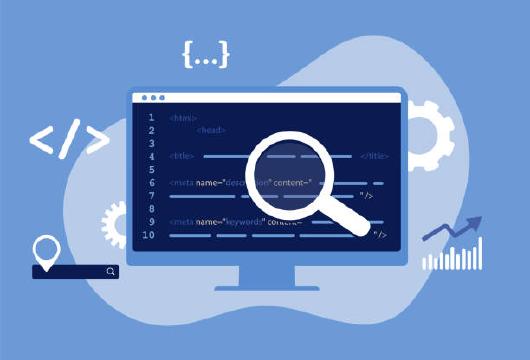Excerpt§
Explore the world of APIs and find out which one you should learn first. Discover the benefits of learning popular APIs like RESTful, Google Maps, Twitter, Facebook Graph, and Stripe.
APIs are the building blocks of modern software applications. With new APIs constantly emerging, it can be overwhelming deciding where to start as a beginner. This blog provides guidance on factors to consider when choosing your first API to learn and top recommendations to get you started.
Introduction to APIs§
API stands for Application Programming Interface. It provides a means for different software systems to communicate with each other by exposing data and functionality. APIs allow developers to leverage services and capabilities without having to build everything from scratch.
Learning APIs unlocks opportunities in fields like web development, mobile app development, DevOps, data science, and more. Even non-developers benefit from API knowledge to understand how systems are integrated.
How to Choose Your First API§
With hundreds of API options, focus on your unique goals and needs when deciding:
Industry relevance - Learn APIs like Google Maps or Twitter if building consumer apps. For finance, payment APIs like Stripe are more useful.
Popularity and demand - Opt for widely adopted APIs to maximize employability. Eg. REST, GraphQL, AWS.
Learning curve - Weigh the complexity of the API against your current skill level. Newbies may prefer REST over GraphQL.
Documentation - Look for thorough documentation and tutorials to support your learning.
Community support - Active forums and discussion boards help in troubleshooting.
Personal interests - Align the API with products or data you find intrinsically motivating to learn.
Top 5 Recommended APIs to Learn First§
1. RESTful APIs§
REST (Representational State Transfer) is an architectural style for APIs that leverages HTTP protocol. RESTful APIs allow simple CRUD (Create, Read, Update, Delete) operations and provide a standardized way for systems to exchange data. Learn foundations of REST API design and consumption.
2. Google Maps API§
This API lets you integrate Google Maps features like markers, geocoding, directions etc. into applications. It is used across many industries. The JavaScript client library is beginner friendly to learn with ample documentation.
3. Twitter API§
Enables accessing core Twitter data like tweets, users, trends etc. to build Twitter-integrated apps for analytics or social listening. A must-learn for aspiring social media developers.
4. Facebook Graph API§
Allows reading and writing Facebook data like profiles, posts, photos etc. to enhance apps with social capabilities. Valuable for marketing, analytics or social apps.
5. Stripe API§
Provides everything needed to handle online payments including checkout, subscriptions, invoicing etc. Ideal for ecommerce developers and businesses.
Conclusion§
Gaining API skills opens up opportunities across technical and non-technical roles. Consider your individual interests and professional goals when deciding where to start. Popular RESTful APIs, social media APIs, and cloud service APIs are great options for beginners. Utilize documentation and community support fully when learning. With fundamental API skills, you can build amazing applications and be a driving force of innovation.















